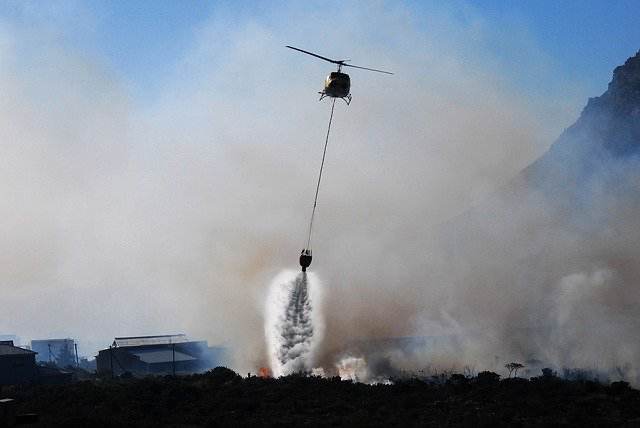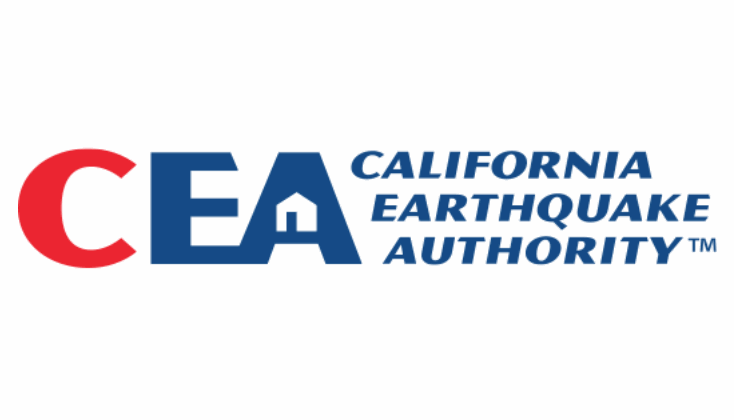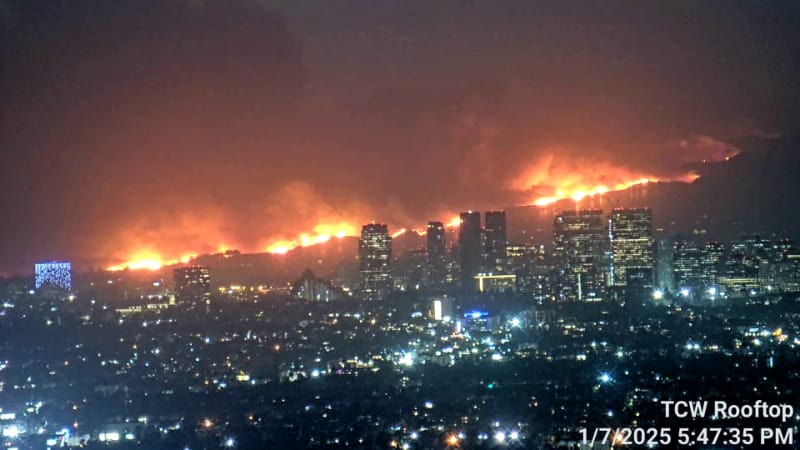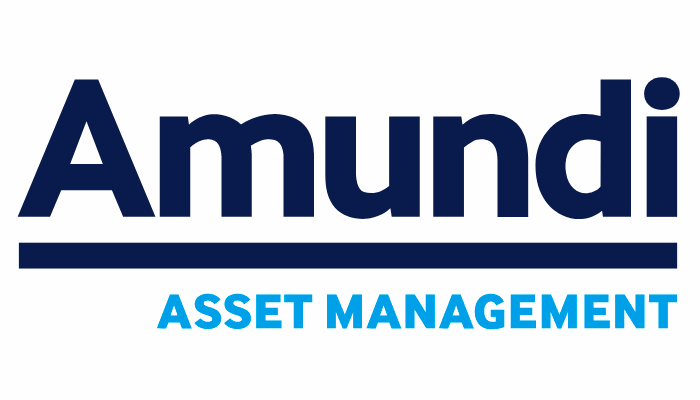A number of catastrophe bonds have experienced negative secondary market price movements due to potential exposure to aggregate attachment erosion, or actual losses, from the Los Angeles and Southern California wildfires. Here we detail a number of the biggest movers, based on information seen and conversations with sources in the cat bond market.
 As the industry loss estimates continue to rise, in relation to the ongoing California wildfire events, there has been commentary coming out about potential exposure for certain aggregate catastrophe bond structures.
As the industry loss estimates continue to rise, in relation to the ongoing California wildfire events, there has been commentary coming out about potential exposure for certain aggregate catastrophe bond structures.
Cat bond fund manager’s Icosa Investments, Plenum Investments and Twelve Capital all highlighted the potential for the losses from the wildfires to cause some erosion to the buffer beneath aggregate multi-peril cat bonds’ attachment points.
While they all concluded that any losses to the cat bond market are unlikely to prove particularly significant, given wildfire is not a widely covered peril and where it is, it is often a lower proportion of a bonds expected loss, all three cat bond fund managers believe that some aggregate cat bonds will effectively become more risky through the rest of their annual risk periods, on the back of further attachment point erosion.
As the insurance industry loss estimates for these Los Angeles region wildfires increased on Friday, reaching a range of $10 billion to $20 billion, Icosa Investments commented again saying that attachment erosion could be “considerable” for some aggregate catastrophe bonds that cover the wildfire peril in California.
Broker desks that specialise in secondary market trading of catastrophe bonds all tend to issue their pricing sheets on a Friday and in discussions with market sources and having seen a number of these sheets, we can see that erosion has occurred for a number of positions.
It’s worth noting that these new cat bond secondary marks had been calculated based on Friday’s information, but that industry loss estimates have risen further since, now sitting around the $15 billion to $25 billion level it seems, with some outliers saying it could reach $30 billion if the fires continue to spread.
While there have been negative bid price movements for many aggregate tranches of cat bonds that include reinsurance coverage for wildfires in California for the sponsors of the deals, most have only moved by relatively small amounts in Friday’s pricing sheets so we haven’t detailed an exhaustive list.
Rather, these are some of the cat bond tranches with more meaningful price movements, of at least 2% at the mid-point of bids. But it is by no means a complete list of all the price moves seen.
There have been moves down in price for two indemnity per-occurrence catastrophe bonds that are considered to be potentially more exposed to the wildfire catastrophe losses.
It’s also worth noting that with the majority of these being cat bonds providing aggregate coverage, some had already been marked down on previous qualifying loss event deductible erosion, so the percentage decline in mid-bid prices are not always easy to compare.
There is a notable move in secondary price for the Class A notes of Fidelis’ Herbie Re Ltd. (Series 2021-1) aggregate industry-loss trigger cat bond. These provide Fidelis broad worldwide peak peril aggregate retrocessional reinsurance and had already faced a principal reduction of around $20 million, leaving roughly $130 million of notes outstanding.
One broker pricing sheet we’ve seen has marked the Herbie Re 2021-1 Class A notes down roughly 20% at the mid of bid and offer, while another has marked it down approximately 9%, we understand.
Next, Farmers Insurance Group’s Topanga Re Ltd. (Series 2021-1) catastrophe bond has seen its indemnity per-occurrence Class A notes marked down, with one pricing sheet notching the price down around 20%, another by around 6%. This is one of just two per-occurrence indemnity cat bonds to see a meaningful price decline due to the wildfires, but Farmers has been highlighted by many of the equity analysts as an insurer with an exposure to the fire losses that could result in reinsurance recoveries.
It’s worth noting, we’re told there is quite a wide spread between bid and offer prices for the Topanga Re Class A cat bond notes, indicating more uncertainty in the marks, we would suspect.
Next, there are notable negative secondary mark price movements for four tranches of outstanding Residential Re aggregate cat bonds, that provide indemnity reinsurance protection to their sponsor USAA.
From the Residential Reinsurance 2021 Limited (Series 2021-1) cat bond, the Class 12 notes appear marked down around 12% at the mid on one pricing sheet, down 4% on another. While the Class 11 notes from this issuance are down 12% on one broker sheet.
From USAA’s Residential Reinsurance 2022 Limited (Series 2022-1) cat bond, the Class 11 notes are down approximately 10% at the mid, the Class 12 notes roughly 9%, according to sources.
Next, another indemnity cat bond, the Randolph Re (Series 2024-1) private cat bond that provides per-occurrence reinsurance from the capital markets to Mercury Insurance. As the only cat bond solely covering California wildfire risks, this was always likely to face some pricing pressure and as Mercury announced it could make reinsurance recoveries due to expected fire losses on Friday, it’s no surprise to include this one.
The Randolph Re 2024-1 cat bond notes are said to have been marked down roughly 11% at the mid, we understand from sources.
Finally, of the notable cat bond price movements due to the LA wildfires, the Claveau Re Ltd. (Series 2021-1) worldwide peak peril aggregate industry-loss deal that was sponsored by Arch Capital has seen its notes marked down roughly 3% on one pricing sheet, we are told.
As we said, this is not an exhaustive list, as there are more pricing sheets we haven’t seen and also many aggregate cat bonds that have seen their secondary market price decline by less than two percentage points.
It’s worth also remembering that this is an ongoing catastrophe event, with no modelled loss estimates made broadly available yet, so broker secondary trading desks are operating on limited information still.
But these price moves show the catastrophe bond market appreciating that there will be some further erosion of the aggregate attachments for certain bonds, while a couple of occurrence cat bonds are also deemed as slightly at risk, albeit with some uncertainty in those views at this early stage.
Until a clearer picture of the damage and insurance market losses from these wildfires emerges, it will be challenging for brokers to mark them. With the Santa Ana winds expected to pick up through the first-half of this week and fires still spreading, the marks could be reduced further at the next pricing sheet issuance if the loss estimates rise, so these should be considered preliminary at this stage.
As we discussed in an article recently published, some analysts are suggesting the wildfires will be treated as a single event, for reinsurance purposes.
This has no bearing on the aggregate cat bond deals, as they will accumulate attachment erosion from any significant individual fire events. But it could have a bearing on indemnity bonds by raising the ultimates for cat bond sponsors by combining all losses as a single event, so this would be relevant to the Farmers and Mercury deals we mentioned above.
Also read:
– Evercore ISI: LA wildfire insured loss $20bn-$25bn. Could be one event under reinsurance.
– LA wildfire losses to “notably exceed” $10bn, could approach $20bn: Gallagher Re.
– Mercury says LA wildfire losses to exceed reinsurance retention.
– LA fires: “Considerable attachment erosion” likely for some aggregate cat bonds – Steiger, Icosa.
– LA wildfires: Over 10k structures destroyed. Insured losses up to ~$20bn, economic $150bn.
– LA wildfire losses unlikely to significantly affect cat bond market: Twelve Capital.
– LA wildfires unlikely to cause meaningful catastrophe bond impact: Plenum Investments.
– JP Morgan analysts double LA wildfire insurance loss estimate to ~$20bn.
– LA wildfires: Analysts put insured losses in $6bn – $13bn range. Economic loss said $52bn+.
– LA wildfires bring aggregate cat bond attachment erosion into focus: Icosa Investments.





















 English (US) ·
English (US) ·